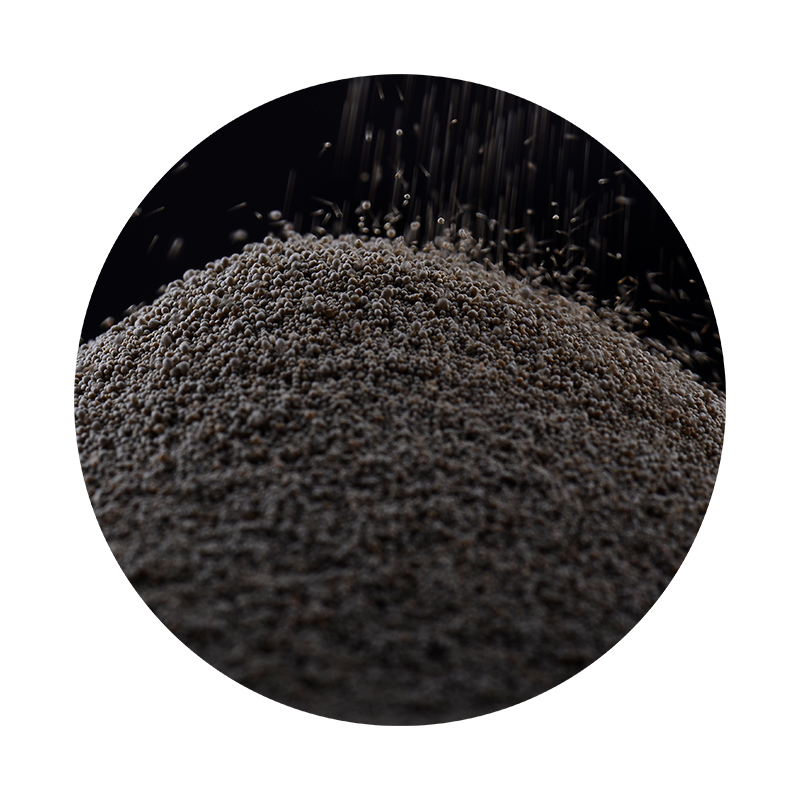Exploring the Future of 3D Printing with Sand
In recent years, 3D printing has revolutionized various industries, introducing innovative ways to create complex structures and customized products. Among the diverse materials used in 3D printing, sand has emerged as a compelling option, especially in construction and art. This article delves into the fascinating world of 3D printing with sand, highlighting its applications, benefits, and potential future developments.
3D printing with sand primarily leverages a technology known as binder jetting. In this process, a mixture of fine sand and a binding agent is deposited layer by layer to form intricate shapes and designs. This method is particularly advantageous because sand is abundantly available and cost-effective, making it an attractive alternative to traditional building materials like concrete and clay.
Exploring the Future of 3D Printing with Sand
Furthermore, 3D-printed sand molds are transforming the field of casting and manufacturing. By creating precise molds from sand, manufacturers can produce intricate metal parts with fewer defects and at a lower cost. This technology is particularly beneficial in industries such as automotive and aerospace, where precision and customization are critical to the production process.
3d printing sand

In addition to practical applications, 3D printing with sand opens up exciting possibilities in the art world. Artists can use the technology to create stunning sculptures and interactive installations, pushing artistic boundaries and exploring new mediums. The ability to experiment freely with shapes and sizes without the need for expensive materials encourages creative expression and innovation.
Despite its many advantages, 3D printing with sand faces some challenges. The durability of the printed structures, particularly in outdoor settings, is a concern that researchers are addressing. Additionally, the need for efficient binding agents that do not compromise the sand’s properties is an ongoing area of development. Overcoming these challenges will be vital to fully realizing the potential of this technology.
Looking ahead, the future of 3D printing with sand appears promising. As technological advancements continue, we can expect more efficient printing processes and improved material formulations. The integration of sustainable practices will also enhance the appeal of sand-based 3D printing, aligning with global efforts to reduce environmental impact.
In conclusion, 3D printing with sand stands at the forefront of innovation, offering transformative solutions in construction, manufacturing, and art. As the technology evolves, it holds the potential not only to redefine how we build and create but also to contribute to a more sustainable future. The journey is just beginning, and the possibilities are endless.
Post time:Septemba . 01, 2024 04:32
Next:Rèn cát sắt
